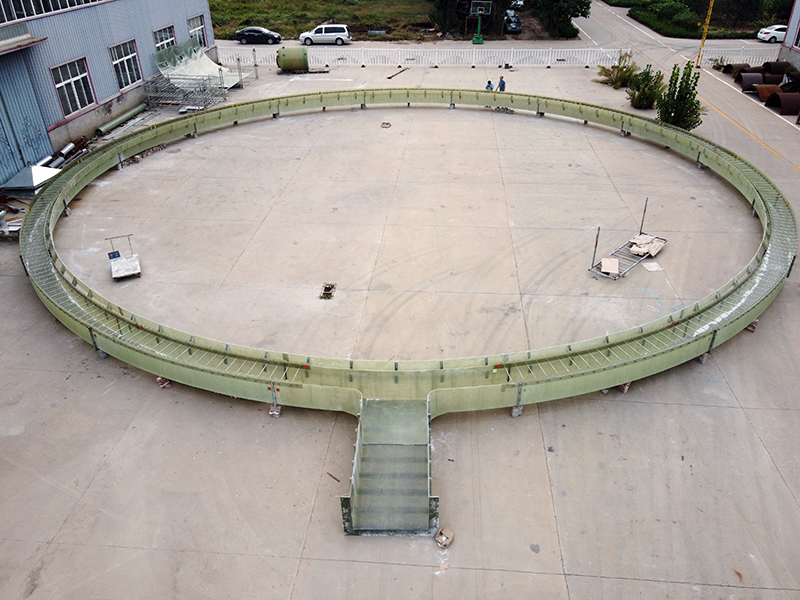
-
 Afrikaans
Afrikaans -
 Albanian
Albanian -
 Amharic
Amharic -
 Arabic
Arabic -
 Armenian
Armenian -
 Azerbaijani
Azerbaijani -
 Basque
Basque -
 Belarusian
Belarusian -
 Bengali
Bengali -
 Bosnian
Bosnian -
 Bulgarian
Bulgarian -
 Catalan
Catalan -
 Cebuano
Cebuano -
 China
China -
 China (Taiwan)
China (Taiwan) -
 Corsican
Corsican -
 Croatian
Croatian -
 Czech
Czech -
 Danish
Danish -
 Dutch
Dutch -
 English
English -
 Esperanto
Esperanto -
 Estonian
Estonian -
 Finnish
Finnish -
 French
French -
 Frisian
Frisian -
 Galician
Galician -
 Georgian
Georgian -
 German
German -
 Greek
Greek -
 Gujarati
Gujarati -
 Haitian Creole
Haitian Creole -
 hausa
hausa -
 hawaiian
hawaiian -
 Hebrew
Hebrew -
 Hindi
Hindi -
 Miao
Miao -
 Hungarian
Hungarian -
 Icelandic
Icelandic -
 igbo
igbo -
 Indonesian
Indonesian -
 irish
irish -
 Italian
Italian -
 Japanese
Japanese -
 Javanese
Javanese -
 Kannada
Kannada -
 kazakh
kazakh -
 Khmer
Khmer -
 Rwandese
Rwandese -
 Korean
Korean -
 Kurdish
Kurdish -
 Kyrgyz
Kyrgyz -
 Lao
Lao -
 Latin
Latin -
 Latvian
Latvian -
 Lithuanian
Lithuanian -
 Luxembourgish
Luxembourgish -
 Macedonian
Macedonian -
 Malgashi
Malgashi -
 Malay
Malay -
 Malayalam
Malayalam -
 Maltese
Maltese -
 Maori
Maori -
 Marathi
Marathi -
 Mongolian
Mongolian -
 Myanmar
Myanmar -
 Nepali
Nepali -
 Norwegian
Norwegian -
 Norwegian
Norwegian -
 Occitan
Occitan -
 Pashto
Pashto -
 Persian
Persian -
 Polish
Polish -
 Portuguese
Portuguese -
 Punjabi
Punjabi -
 Romanian
Romanian -
 Russian
Russian -
 Samoan
Samoan -
 Scottish Gaelic
Scottish Gaelic -
 Serbian
Serbian -
 Sesotho
Sesotho -
 Shona
Shona -
 Sindhi
Sindhi -
 Sinhala
Sinhala -
 Slovak
Slovak -
 Slovenian
Slovenian -
 Somali
Somali -
 Spanish
Spanish -
 Sundanese
Sundanese -
 Swahili
Swahili -
 Swedish
Swedish -
 Tagalog
Tagalog -
 Tajik
Tajik -
 Tamil
Tamil -
 Tatar
Tatar -
 Telugu
Telugu -
 Thai
Thai -
 Turkish
Turkish -
 Turkmen
Turkmen -
 Ukrainian
Ukrainian -
 Urdu
Urdu -
 Uighur
Uighur -
 Uzbek
Uzbek -
 Vietnamese
Vietnamese -
 Welsh
Welsh -
 Bantu
Bantu -
 Yiddish
Yiddish -
 Yoruba
Yoruba -
 Zulu
Zulu
fiberglass clarifier system for efficient water treatment and solid ...
Fiberglass Clarifier System for Efficient Water Treatment and Solid Removal
In the modern era, the demand for clean and safe water has never been more critical. Industries across the globe are seeking efficient solutions for water treatment to meet regulatory standards and ensure the sustainability of water resources. One of the innovative solutions that has gained attention in water treatment processes is the fiberglass clarifier system. This technology stands out for its effectiveness in solid removal and its overall efficiency in water treatment.
What is a Fiberglass Clarifier System?
A fiberglass clarifier system is a type of water treatment technology designed to separate solids from liquids through a process called sedimentation. The clarifier typically consists of a large tank constructed from fiberglass, which is known for its durability, lightweight nature, and resistance to corrosion. The design usually features an inflow system where water enters the tank, allowing it to settle before being discharged through an outflow system.
The key operational mechanism of the system is based on gravity, where solids suspended in the water gradually sink to the bottom of the clarifier tank, forming a sludge layer. The clarified water rises to the top and is collected for further treatment or discharge. This simple yet effective method of separation has made fiberglass clarifiers a popular choice in various industrial applications, including wastewater treatment, stormwater management, and even in municipal water treatment facilities.
Advantages of Fiberglass Clarifier Systems
1. Durability and Longevity
One of the main benefits of fiberglass clarifiers is their exceptional durability. Unlike traditional materials such as metal or concrete, fiberglass resists rust, corrosion, and degradation, ensuring a longer lifespan with less maintenance. This characteristic is particularly advantageous in harsh industrial environments where exposure to chemicals or extreme weather conditions can be a concern.
2. Lightweight and Easy to Install
fiberglass clarifier system for efficient water treatment and solid ...

Fiberglass is significantly lighter than alternative materials, making the installation process quicker and easier. This can lead to reduced labor costs and shorter project timelines. Additionally, the lightweight nature of fiberglass allows for easier transportation and installation in various locations, including those with limited access.
3. Efficient Solid Removal
The design of a fiberglass clarifier system promotes excellent sedimentation, allowing for efficient solid removal from water. The large surface area provided by the clarifier tank enhances the settling process, ensuring that the majority of solids are effectively separated from the liquid. This efficiency contributes to the overall performance of the water treatment process, resulting in higher quality effluent.
4. Cost-Effectiveness
While the initial investment in fiberglass clarifier systems may be higher than some alternatives, the long-term savings associated with durability, minimal maintenance, and efficient operation make them a cost-effective choice. Industries that prioritize sustainability and compliance with environmental regulations will find the long-term benefits outweigh the initial costs.
5. Versatile Applications
Fiberglass clarifiers are highly versatile and can be tailored to meet the specific needs of different industries. Whether it's treating industrial wastewater, managing stormwater runoff, or clarifying municipal sewage, these systems can be designed to accommodate various flow rates, volumes, and water quality parameters.
Conclusion
In conclusion, the fiberglass clarifier system represents a forward-thinking solution for efficient water treatment and solid removal. With their durability, lightweight construction, and exceptional solid separation capabilities, they are becoming increasingly popular across various sectors. As industries continue to face the challenges of water scarcity and regulatory pressures, the adoption of innovative technologies like fiberglass clarifiers will play a crucial role in ensuring sustainable water management practices. By investing in such systems, industries not only comply with environmental regulations but also contribute to the larger goal of protecting and preserving our precious water resources. As technology continues to advance, we can expect that these systems will evolve further, setting new standards for efficiency and effectiveness in the field of water treatment.









